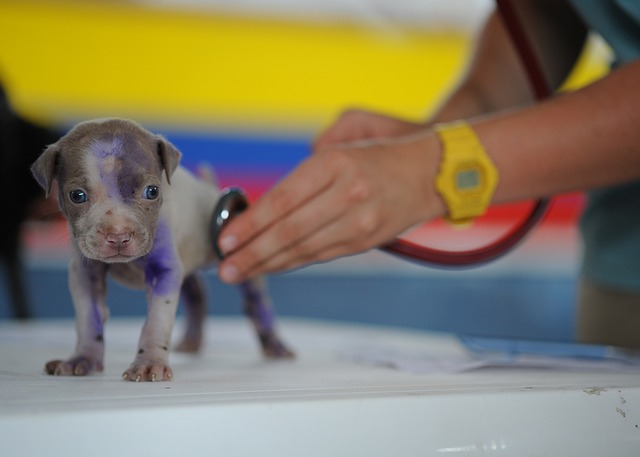According to the Occupational Outlook Handbook published by the Bureau of Labor Statistics (BLS), the field of veterinary medicine is expected to grow by 36 percent through 2020, which is much faster than the average growth expected for all occupations.
Not only will there be ample job opportunities in this field, but veterinarians can also expect to earn an above average income, with BLS estimates showing that the typical veterinarian earns $82,040 per year.
If the income and job opportunities in this field excite you and you want to pursue a career as a veterinarian, read on to learn about the steps you should take to become a veterinarian.
Educational requirements for veterinarians
According to the BLS, you should complete a doctoral program in veterinary medicine and pass a licensing exam to become a veterinarian. You can complete a doctoral program in veterinary medicine in four years and you should first obtain a bachelor’s degree in animal science or a related field to be accepted into a doctoral program in veterinary medicine.
Taking undergraduate courses in chemistry, biology, genetics, physics, physiology, math, and microbiology will prepare you for a doctoral program in veterinary medicine. Most doctoral programs in veterinary medicine include both classroom instruction and hands-on clinical experience at a veterinary clinic or animal hospital.
More: 7 Useful Tips on Choosing Vet Clinic
For instance, the veterinary medicine curriculum at The Ohio State University begins with two years of classroom study and concludes with two years of clinical experience in the field of veterinary science. Coursework for Ohio State’s veterinary medicine program includes animal anatomy, animal behavior, pathology, epidemiology, pharmacology, and professional development.
Clinical experiences provide students with hands-on practice in surgery, diagnosis, and preventive medicine. Coursework is rigorous and includes the study of various animals and the physiology of different body systems, including the endocrine system, cardiovascular system, digestive system, and reproductive system.
After completing a doctoral program in veterinary medicine, you might go on to take the North American Veterinary Licensing Exam, as well as a licensing exam in the state in which you wish to practice veterinary medicine.
According to the BLS, you are permitted to practice veterinary medicine after passing licensing exams, but many students choose to first complete an internship in the field.
More: 10 Tips for Choosing a Vet for Your Pet
Work and volunteer experience for veterinarians
According to the BLS, it is difficult to be accepted into a veterinary medicine program. It is, therefore, vital that you gain work experience and volunteer experience in the field if you want to increase your chances of being accepted into a doctoral program in veterinary medicine.
Any work or volunteer experience that provides you with the opportunity to work with animals is beneficial. You can begin by volunteering at the local animal shelter throughout college. Working at a kennel, in a horse barn, on a farm, or in a veterinary clinic can prepare you to work as a veterinarian.
As an undergraduate student enrolled in an animal science program or a related field of study, you can typically work as a veterinary assistant at a clinic or animal hospital. Working alongside a professor as a research assistant also provides invaluable experience and can make you a stronger candidate for a doctoral program in veterinary medicine.
Research experience, work experience, and volunteer experience provide you with the opportunity to work with animals and increase your chances of being admitted into a doctoral program in veterinary medicine. If you have decided that you want to become a veterinarian, you should begin preparing now.
Take the required prerequisite courses for admittance into a doctoral program in veterinary medicine, gain as much field experience as possible, and begin researching schools.








Comments